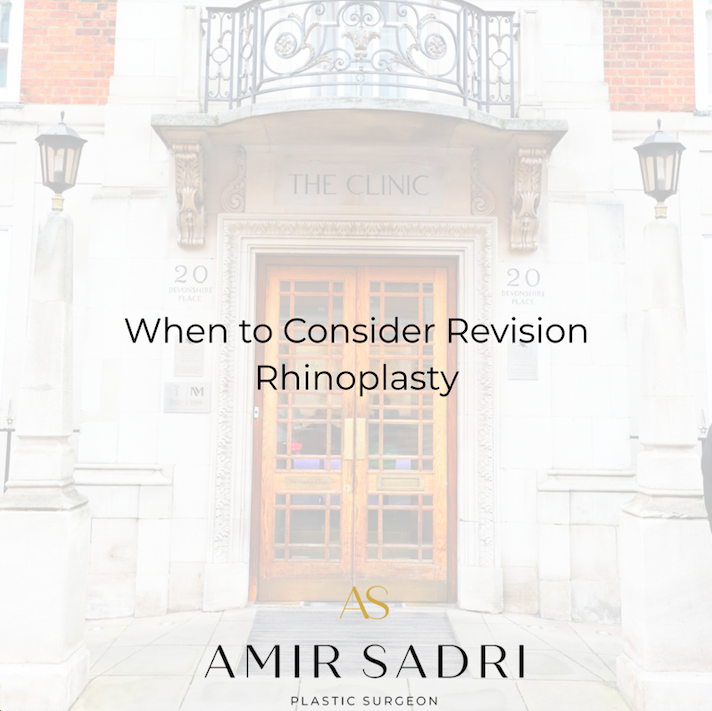Rhinoplasty is a popular surgical procedure aimed at improving the shape or function of the nose. While many people are satisfied with their initial results, some individuals may not achieve their desired outcome or could experience functional issues following the surgery. This is where revision rhinoplasty comes into play. A revision rhinoplasty is a secondary surgical procedure performed to correct or refine the results of an initial rhinoplasty. Knowing when to consider this option is essential to achieving the look and functionality you desire.
Dissatisfaction With Aesthetic Results
One of the most common reasons individuals seek revision rhinoplasty is dissatisfaction with the aesthetic results of their first surgery. This can include asymmetry, improper nose size, or features that still feel disproportionate to the rest of the face. For example, the original surgery may have made the nose appear too large, too small, or unintentionally misshapen. If you feel that your nose doesn’t match your expectations, consulting with a qualified revision rhinoplasty specialist can help you explore possible corrections.
Breathing or Functional Issues
Another major reason to consider revision rhinoplasty is the development of breathing difficulties following the initial procedure. Rhinoplasty often involves altering the internal nasal structures, such as the septum or nasal valves, and these alterations can sometimes lead to problems with airflow. If you’re experiencing issues such as chronic nasal congestion, difficulty breathing through one or both nostrils, or worsening nasal passages after recovery, these are strong indicators that a revision rhinoplasty may be necessary to restore proper function.
Complications From the Initial Procedure
Sometimes, complications from the initial rhinoplasty can arise, leading to the need for a secondary surgery. These complications might include scar tissue buildup, over-reduction of nasal structures causing a “pinched” look, or cartilage instability that impacts both the form and function of the nose. Revision rhinoplasty can address these issues and help patients recover both the cosmetic and structural aspects of their nasal anatomy.
Realistic Expectations and Timelines
Before pursuing revision rhinoplasty, it’s important to ensure that you have realistic expectations and allow appropriate time for healing after the initial procedure. Full surgical results can take up to a year to appear as swelling and tissue sensitivity subside. If sufficient time hasn’t passed, you may not be able to accurately assess whether revision is necessary. On the other hand, if it’s been over a year and your concerns remain unresolved, it may be the right time to consult with a skilled surgeon.
Choosing the Right Surgeon
Selecting the right surgeon for revision rhinoplasty is crucial, as these procedures are often more intricate than the initial surgery. Look for a surgeon who specializes in revision rhinoplasty and has a proven track record of successful outcomes. This ensures that the complexity of your case will be handled with care, precision, and expertise.
Ultimately, the decision to undergo revision rhinoplasty is highly personal. It’s important to weigh your concerns, consult with a board-certified specialist, and maintain realistic expectations about what can be achieved. With careful consideration, revision rhinoplasty can help improve both the appearance and function of your nose, helping you feel confident and comfortable in your results.



